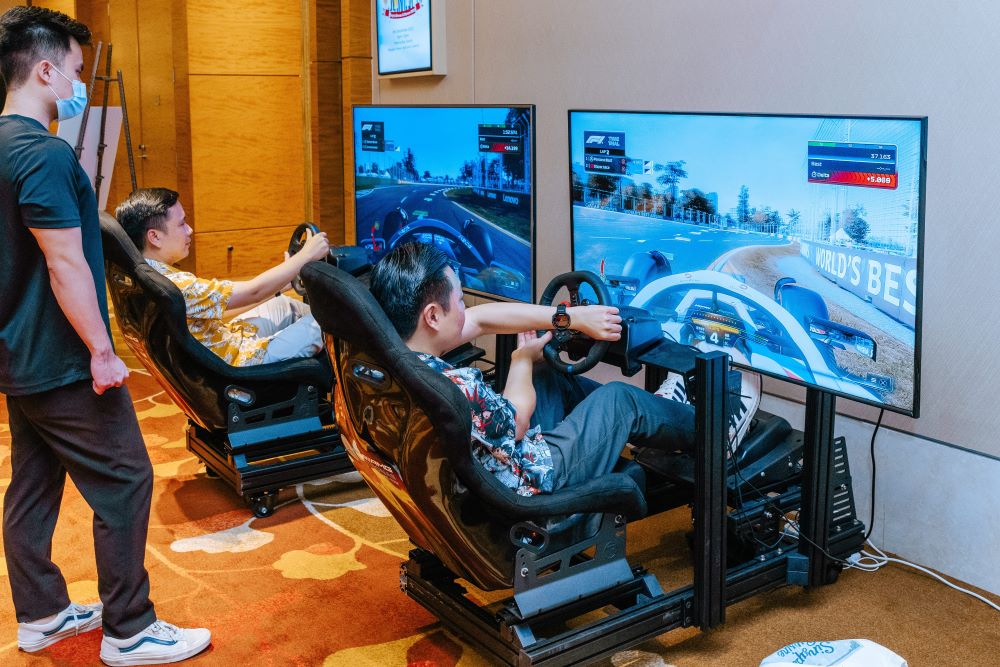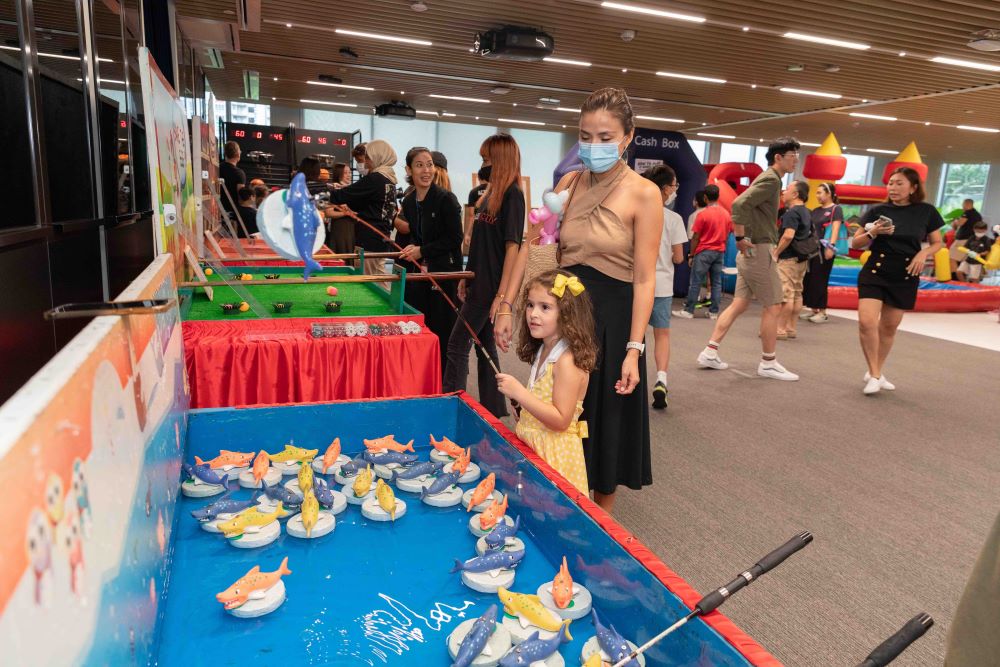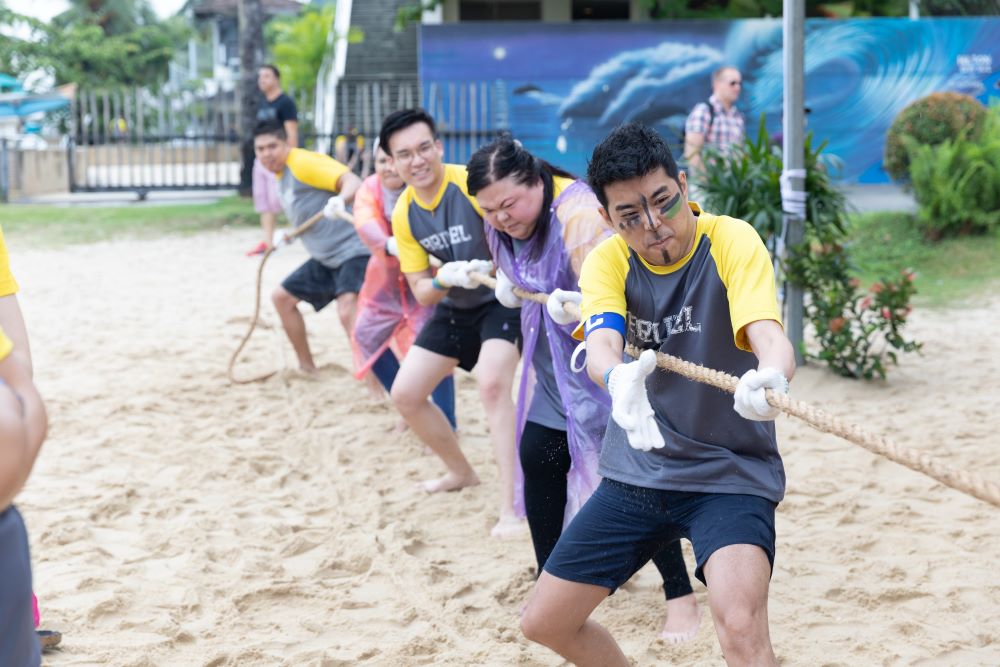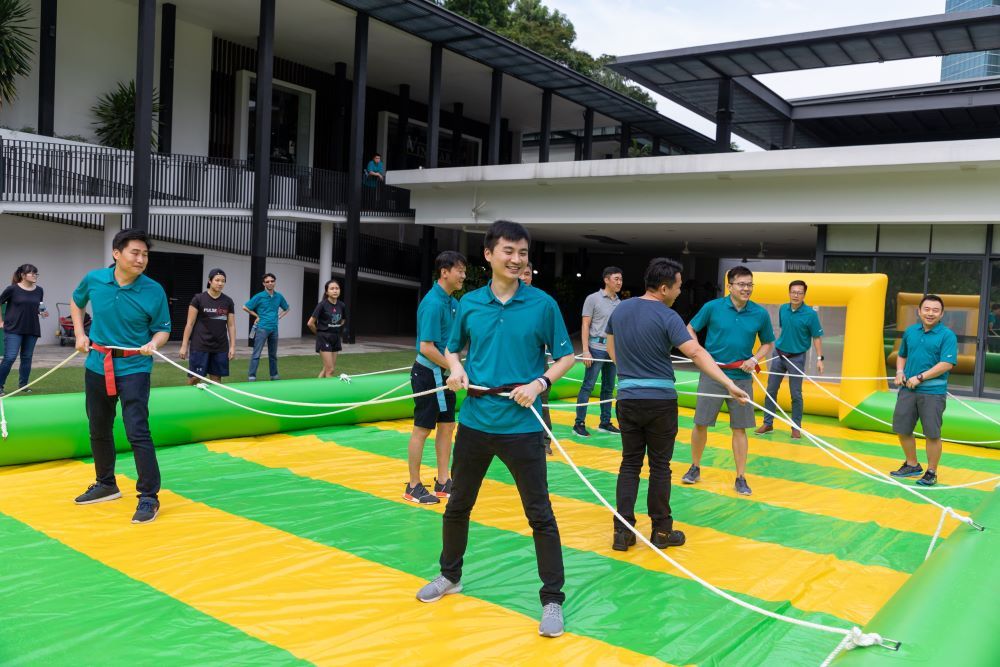The Benefits of Incorporating Gamification into Team-Building
Incorporating gamification into team-building activities has become a popular strategy for enhancing engagement, fostering healthy competition, and injecting fun into the workplace. By introducing game-like elements to otherwise routine tasks or exercises, organizations can create dynamic and memorable experiences that boost team morale and productivity. This article delves into the various benefits of gamification in team-building and provides insight into how these elements can transform your team’s collaboration and performance.
Enhanced Engagement
Interactive and Immersive Experiences
Gamification transforms traditional team-building exercises into interactive and immersive experiences. When team members participate in activities that are designed as games, they are more likely to be engaged and fully present. The game-like structure keeps participants interested and motivated, encouraging them to actively participate rather than passively observe.
Increased Motivation
Games inherently provide clear goals, rules, and feedback, which can significantly increase motivation. Team members are driven by the desire to achieve objectives, earn rewards, and see tangible progress. This heightened motivation translates into increased enthusiasm and energy during team-building activities, leading to more effective collaboration.
Fostering Healthy Competition
Encouraging Friendly Rivalry
Gamification introduces a sense of competition that can be both stimulating and enjoyable. Friendly rivalry encourages team members to push their limits and strive for excellence. This competitive spirit can drive individuals to perform at their best, leading to improved overall team performance.
Balancing Collaboration and Competition
While competition is a key element of gamification, it also emphasizes the importance of teamwork. Many gamified activities require participants to work together to achieve common goals, balancing competition with collaboration. This dual focus helps to build strong team dynamics and reinforces the value of working together towards a shared objective.
Injecting Fun into the Workplace
Creating Enjoyable Experiences
One of the most significant benefits of gamification is the element of fun it brings to team-building activities. Games are inherently enjoyable, and incorporating them into the workplace can create a positive and lively atmosphere. This fun factor can help to alleviate stress, improve mood, and increase overall job satisfaction.
Building Positive Relationships
Fun and engaging activities provide opportunities for team members to bond and build positive relationships. Shared experiences during gamified team-building exercises can create lasting memories and strengthen interpersonal connections. These strong relationships are crucial for fostering a collaborative and supportive work environment.
Practical Applications of Gamification
Setting Clear Goals and Rewards
To effectively gamify team-building activities, it is essential to set clear goals and rewards. This could involve creating challenges that require teamwork to solve, with rewards for successful completion. Rewards can range from simple recognition to more substantial incentives, such as prizes or additional time off.
Incorporating Technology
Technology can play a significant role in gamification. Digital platforms and mobile apps can facilitate gamified activities, track progress, and provide real-time feedback. Virtual reality (VR) and augmented reality (AR) can also be used to create immersive and interactive experiences that captivate participants.
Customizing Activities
Tailoring gamified activities to the specific needs and interests of your team is crucial for maximizing engagement and effectiveness. Consider the skills you want to develop, the challenges your team faces, and the preferences of your team members when designing or selecting gamified activities.
Conclusion
Incorporating gamification into team-building activities offers numerous benefits, including enhanced engagement, healthy competition, and a fun-filled work environment. By transforming traditional exercises into game-like experiences, organizations can motivate their teams, foster collaboration, and create lasting positive impacts on team dynamics. Whether through interactive challenges, technology integration, or customized activities, gamification has the potential to revolutionize the way teams build relationships and achieve their goals.
To head back to read another article in our blog, click here.





